10 Best Herbal Decoctions For Feverish Feeling
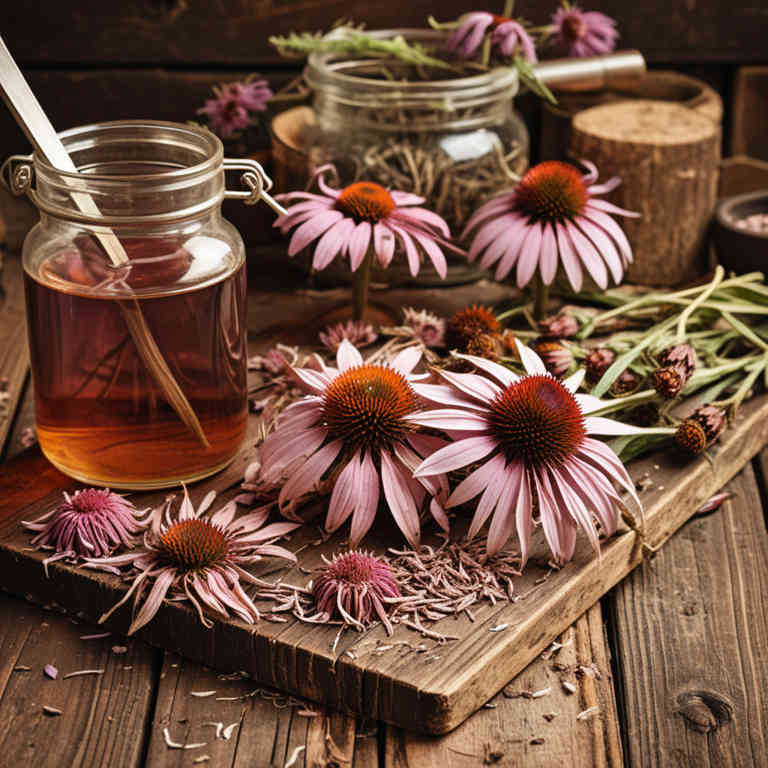
Herbal decoctions have been traditionally used to alleviate a feverish feeling by promoting sweating and reducing body temperature through their cooling properties.
Common herbs such as peppermint, willow bark, and echinacea are often included for their antipyretic and anti-inflammatory effects. To prepare a decoction, these herbs are typically simmered in water for an extended period to extract their active compounds. This method allows for the gradual release of beneficial phytochemicals that support the body's natural healing processes.
While herbal decoctions can be effective, it is important to consult a healthcare professional, especially if the fever is persistent or severe.
FREE Herb Drying Checklist
How to make sure every batch retains maximum flavor, color, and aroma without the risk of mold or over-drying. Eliminate guesswork and trial-and-error, making herb drying faster, easier, and more efficient every time.
Table of Contents
1. Echinacea purpurea

Echinacea purpurea, commonly known as purple coneflower, has been traditionally used in herbal medicine to support immune function and alleviate symptoms of colds and flu.
Herbal decoctions made from echinacea purpurea are prepared by simmering the dried roots, leaves, or flowers in water, creating a concentrated herbal tea. These decoctions are often recommended for their potential to reduce feverish feelings by promoting sweating and supporting the body's natural defenses. However, while some studies suggest echinacea may help shorten the duration of cold symptoms, its effectiveness in reducing fever specifically remains inconclusive.
As with any herbal remedy, it is advisable to consult a healthcare professional before use, especially for individuals with allergies or chronic health conditions.
2. Sambucus nigra
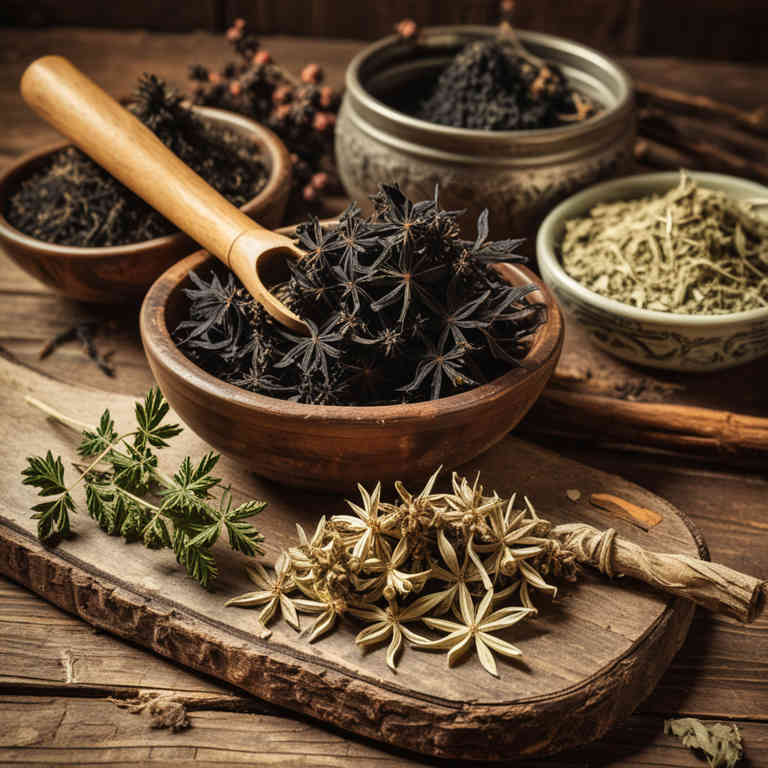
Sambucus nigra, commonly known as elderberry, is often used in herbal decoctions to alleviate symptoms associated with a feverish feeling.
The berries, when prepared as a decoction, are believed to support the immune system and reduce inflammation, which may help in managing mild fever symptoms. Traditionally, elderberry decoctions have been used in cold and flu remedies, possibly due to their high antioxidant and antiviral properties. However, it is important to note that while some studies suggest potential benefits, more research is needed to confirm its efficacy for feverish conditions.
As with any herbal remedy, it should be used with caution and under the guidance of a qualified healthcare provider.
3. Hypericum perforatum
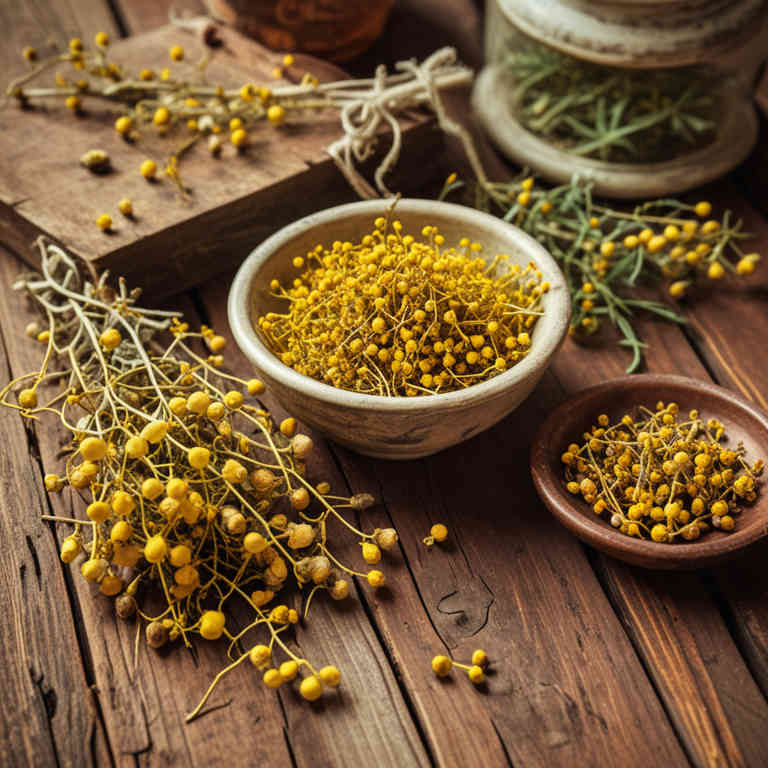
Hypericum perforatum, commonly known as St. John's Wort, is traditionally used in herbal medicine for its purported calming and antiviral properties.
While it is more widely recognized for its use in treating mild depression, some historical and folk remedies suggest its potential in alleviating symptoms associated with feverish feelings, such as restlessness and mild inflammation. A hypericum perforatum herbal decoction is typically prepared by steeping the dried plant material in hot water, allowing the active compounds to infuse into the liquid. This decoction may help reduce internal heat and promote a sense of balance in the body, though it is important to consult a healthcare professional before use, especially for individuals with existing medical conditions or those taking other medications.
Overall, while not a primary treatment for fever, hypericum perforatum decoctions may offer supportive relief for symptoms related to a feverish sensation in certain contexts.
4. Salvia officinalis
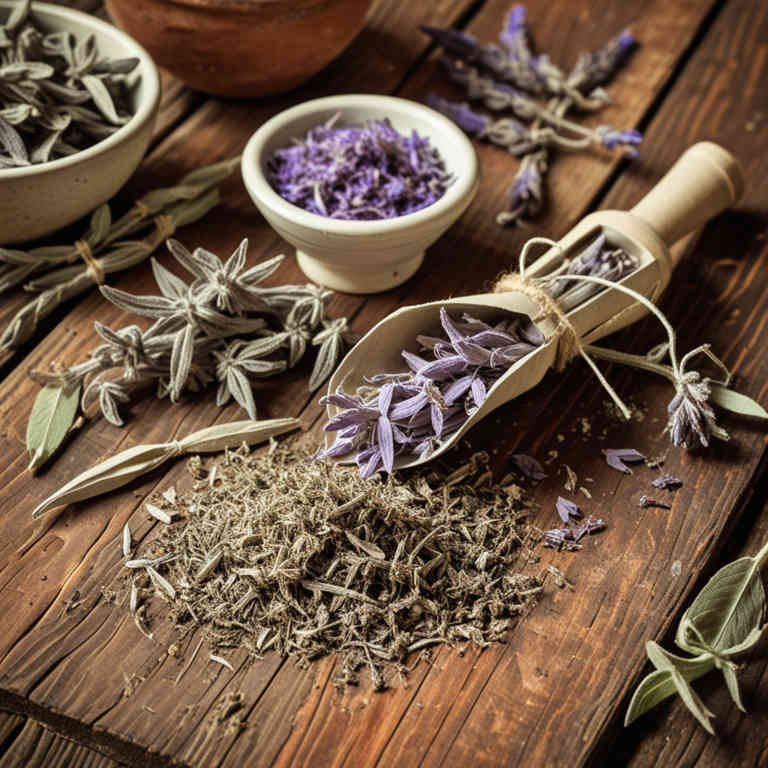
Salvia officinalis, commonly known as sage, has been traditionally used in herbal medicine for its potential to alleviate a feverish feeling.
A decoction of sage leaves involves simmering the dried leaves in water to extract their therapeutic compounds, such as thujone and flavonoids. This preparation is believed to help reduce internal heat and promote sweating, which can aid in lowering body temperature. However, it is important to use sage decoctions with caution, as excessive consumption may lead to adverse effects due to its potent compounds.
While some studies suggest its use in managing symptoms of fever, it should not replace professional medical advice, especially for persistent or severe fevers.
5. Urtica dioica
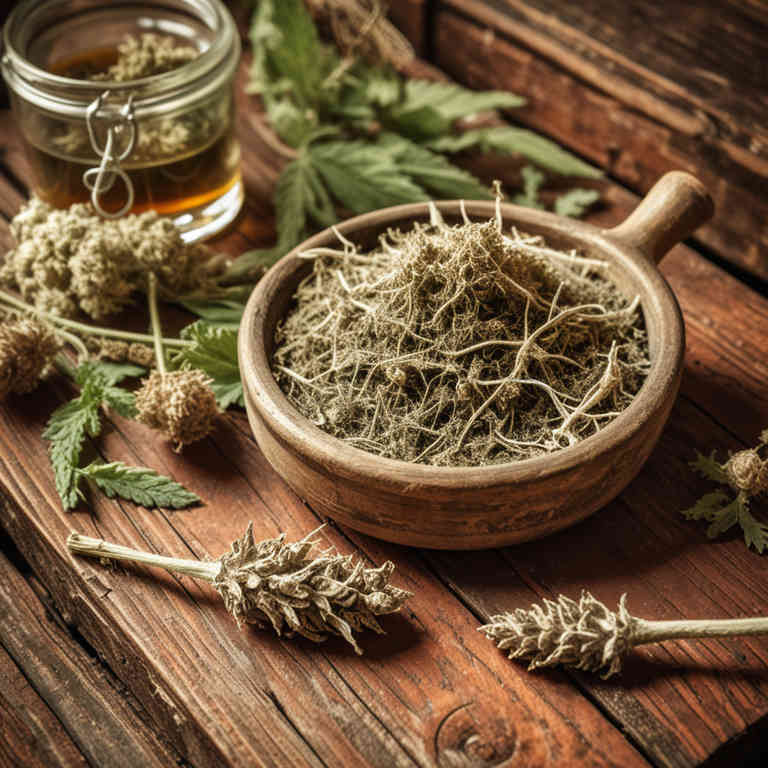
Urtica dioica, commonly known as stinging nettle, has been traditionally used in herbal medicine for its potential to alleviate feverish feelings.
When prepared as a decoction, the leaves and stems of the plant are simmered in water to extract their bioactive compounds, including flavonoids, minerals, and antioxidants. This preparation is believed to support the body's natural cooling mechanisms and may help reduce internal heat, making it a popular remedy for mild fevers and inflammatory conditions. The decoction is often consumed as a tea or added to warm water for consumption.
While generally considered safe, it is advisable to consult a healthcare professional before using it, especially for individuals with known allergies or chronic health conditions.
6. Rosmarinus officinalis
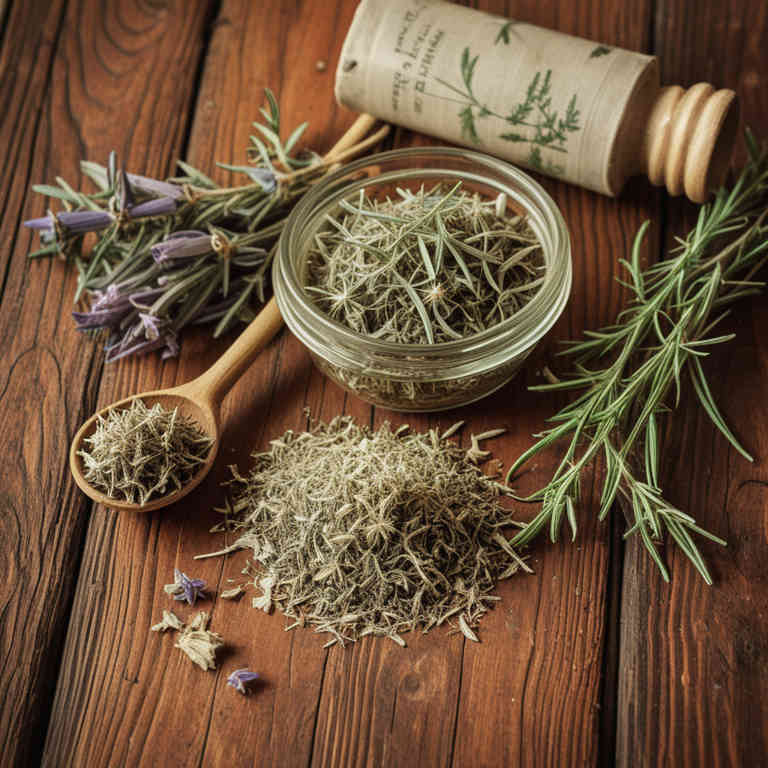
Rosmarinus officinalis, commonly known as rosemary, has been traditionally used in herbal decoctions to alleviate a feverish feeling due to its aromatic and anti-inflammatory properties.
When prepared as a decoction, rosemary leaves are simmered in water to extract their essential oils and active compounds, such as rosmarinic acid and cineole, which are believed to support the body's natural cooling mechanisms. This herbal remedy is often consumed as a tea to promote perspiration and help reduce internal heat, making it a popular choice in herbal medicine for mild fevers. The calming and invigorating aroma of rosemary may also contribute to a sense of well-being, complementing its therapeutic effects.
However, it is advisable to consult a healthcare professional before using rosemary decoctions, especially for individuals with specific health conditions or allergies.
7. Artemisia annua

Artemisia annua, commonly known as sweet wormwood, has been traditionally used for its fever-reducing properties, particularly in Chinese medicine.
The herbal decoction is prepared by boiling the dried leaves and stems of the plant, releasing active compounds such as artemisinin, which are believed to have antipyretic and antimalarial effects. This decoction is often used to alleviate a feverish feeling by promoting sweating and clearing heat from the body. It is typically consumed in small quantities, often combined with other herbs to balance its potency.
While it has shown promise in reducing fever, it should be used under the guidance of a healthcare professional to ensure safety and efficacy.
8. Zingiber officinale
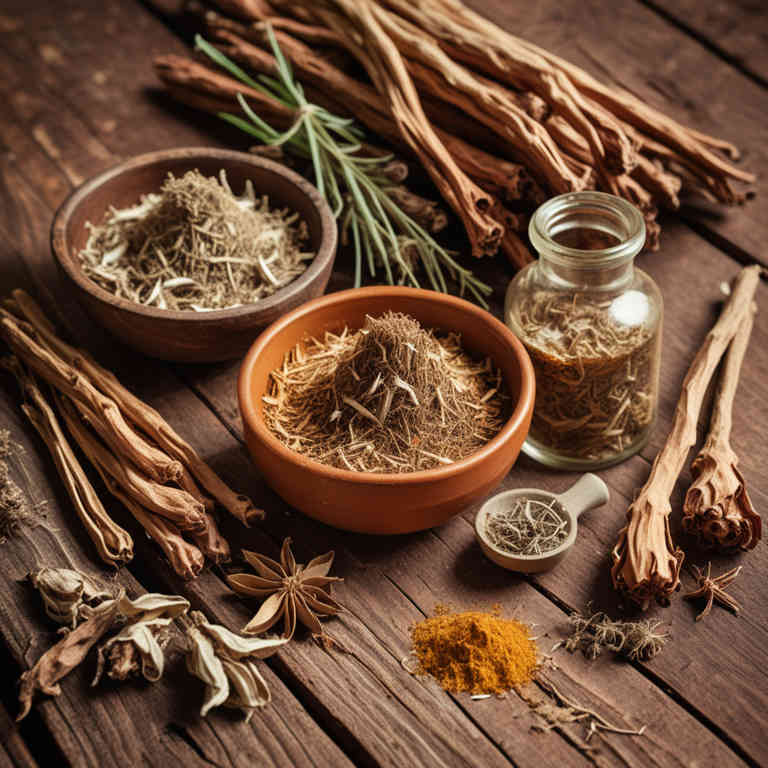
Zingiber officinale, commonly known as ginger, has been traditionally used in herbal medicine to alleviate symptoms associated with a feverish feeling.
Its active compounds, such as gingerol and shogaol, possess anti-inflammatory and antipyretic properties that may help reduce body temperature and soothe discomfort. A ginger herbal decoction can be prepared by boiling sliced fresh ginger root in water for several minutes, then allowing it to steep and cool before consumption. This preparation is often recommended for its warming effects, which can help ease chills and promote perspiration to lower internal heat.
While it is generally safe for most people, individuals with certain health conditions or on medication should consult a healthcare provider before using ginger as a therapeutic remedy.
9. Thymus vulgaris
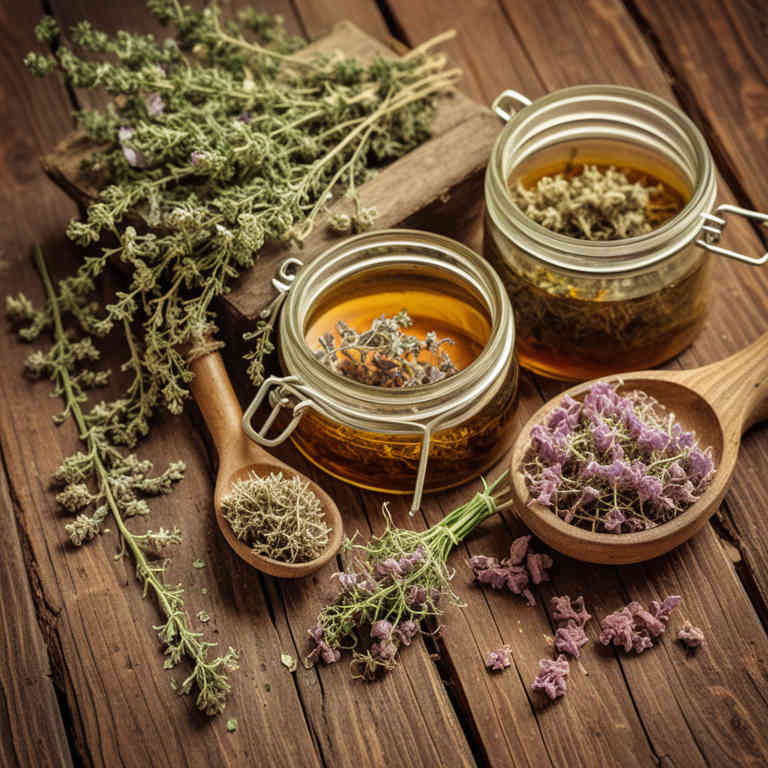
Thymus vulgaris, commonly known as thyme, has been traditionally used in herbal medicine for its warming and antiseptic properties.
A decoction of thymus vulgaris is often prepared by simmering the dried leaves and flowers in water for an extended period to extract its essential oils and active compounds. This herbal remedy is believed to help alleviate a feverish feeling by promoting perspiration and supporting the body's natural detoxification processes. The presence of compounds like thymol and carvacrol in thyme contributes to its antimicrobial and anti-inflammatory effects.
While thyme decoctions can provide symptomatic relief, they should be used with caution and under the guidance of a healthcare professional, especially for those with underlying health conditions.
10. Cinnamomum verum
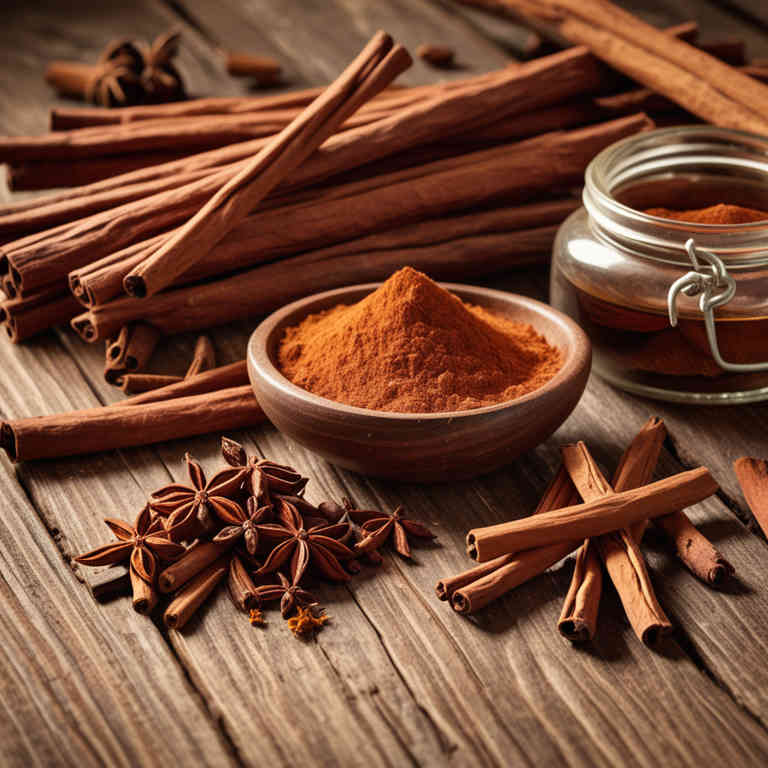
Cinnamomum verum, commonly known as true cinnamon, has been traditionally used in herbal medicine for its warming properties and potential to alleviate feverish feelings.
When prepared as a decoction, the bark of the cinnamon tree is simmered in water to extract its aromatic and therapeutic compounds, including cinnamaldehyde and essential oils. This herbal decoction is believed to help reduce internal heat and promote perspiration, which can aid in lowering body temperature during mild fevers. It is often used in traditional Chinese medicine to support the body's natural detoxification processes and balance internal energies.
However, it is important to consult a healthcare professional before using cinnamon decoctions, especially for prolonged periods or in combination with other medications.